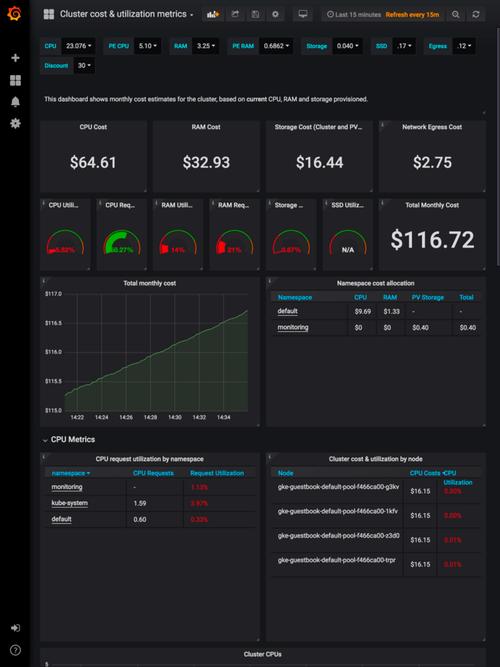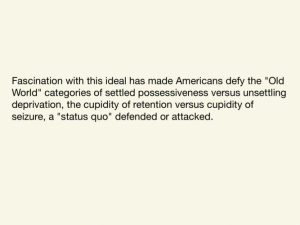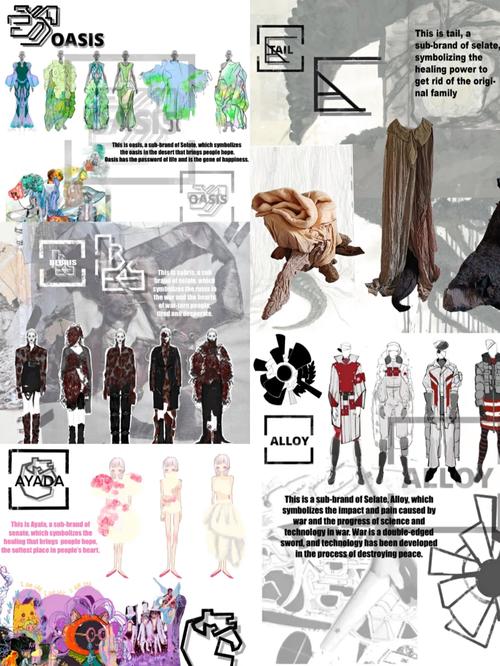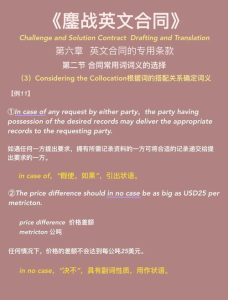Examples of Tone
Understanding the tone of a piece of writing is crucial in comprehending its author’s intentions and emotions. Whether it’s a novel, a poem, a news article, or a social media post, the tone sets the stage for the reader’s experience. Let’s delve into various examples of tone and how they can be identified.
Formal Tone

Formal tone is often found in academic writing, legal documents, and official correspondence. It is characterized by a reserved and objective style. For instance, consider the following excerpt from a scientific paper:
“The results of the experiment indicate a significant correlation between the variables studied, suggesting that further research is warranted.”
This passage uses formal language, avoids personal opinions, and focuses on the facts and findings of the research. The tone is professional and authoritative, reflecting the seriousness of the subject matter.
Informal Tone
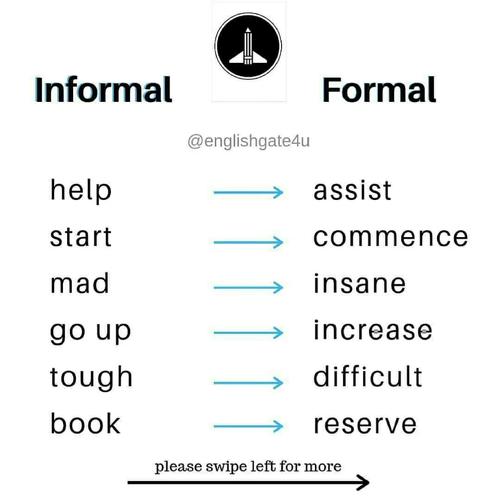
In contrast, informal tone is more relaxed and conversational. It is commonly found in personal letters, social media posts, and casual conversations. Here’s an example from a text message:
“Hey, wanna grab coffee this afternoon? I’ve got some cool news to share!”
This message is friendly and casual, using colloquial language and a conversational tone. The author is inviting a friend to meet up and is eager to share news, which is a clear indication of an informal tone.
Humorous Tone
Humor can be a powerful tool in setting a tone. It is often used to lighten the mood or to make a point in a lighthearted way. Consider the following example from a comedy sketch:
“I tried to make a joke about my weight, but it didn’t go over well. I guess I’m just not funny enough to be fat.”
This passage is clearly humorous, using sarcasm and exaggeration to create a laugh. The tone is playful and self-deprecating, which is a common approach in comedy.
Angry Tone
Anger can be a strong emotion that is often conveyed through a confrontational tone. Here’s an example from an email:
“I am extremely disappointed with the poor service I received from your company. This is unacceptable and I expect a prompt resolution to this issue.”
This email is written in an angry tone, using strong language and expressing a sense of frustration. The author is demanding a resolution and is not afraid to make their dissatisfaction known.
Excited Tone
Excitement can be a positive emotion that is often conveyed through an enthusiastic tone. Consider the following example from a social media post:
“I can’t wait to see my friends at the concert this weekend! It’s going to be so much fun!”
This post is written in an excited tone, using exclamation marks and positive language to convey the author’s anticipation and enthusiasm for the upcoming event.
Reflective Tone
Reflective tone is often found in personal essays and memoirs, where the author is introspective and thoughtful. Here’s an example from a personal essay:
“Looking back on my childhood, I realize how much my parents’ love and support shaped who I am today. I am grateful for their guidance and the lessons they taught me.”
This passage is reflective, as the author is contemplating their past and expressing gratitude for their parents’ influence. The tone is introspective and thoughtful, inviting the reader to reflect on their own experiences.
